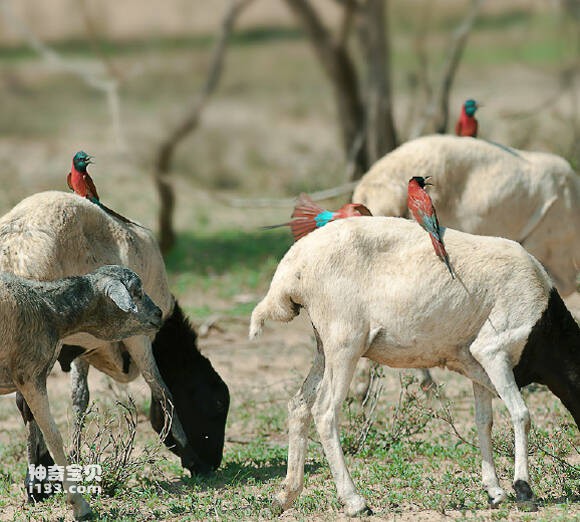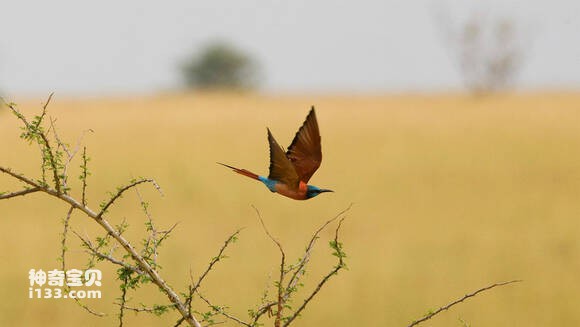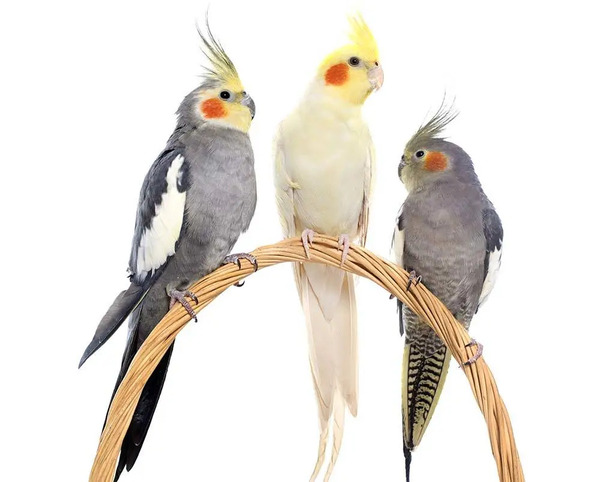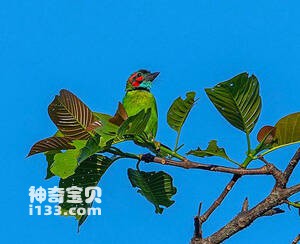Merops nubicus
IUCN
LCBasic Information
Scientific classification
- name:Merops nubicus
- Scientific Name:Merops nubicus,Northern Carmine Bee-eater
- Outline:Climbing birds
- Family:
Vital signs
- length:No textual research information is available
- Weight:No textual research information is available
- lifetime:No textual research information is available
Feature
It is one of the famous red bee-eaters of Africa (i.e. red and southern red bee-eaters).
Distribution and Habitat
It is distributed in central and southern Africa, including the southern part of the Arabian Peninsula and the entire African continent south of the Sahara Desert (Tropic of Cancer).
Appearance
Red bee-eaters resemble other bee-eaters in appearance and are similar to both males and females, with a long, curved black beak, blue-green head, black mask around the eyes, red eyes, pink or dark red back, red belly, light blue belly, square tail feathers, and long central tail feathers, making them more conspicuous.
Details
The red Bee-eater's scientific name is Merops nubicus, and its foreign name is Northern Carmine bee-eater. It mainly feeds on bees, locusts, grasshoppers and other flying insects as its main food. When it hunts, it mainly waits for flying insects to pass by, flies to catch them, and quickly returns to the origin to pecker. Red bee-eaters also like to follow the flock of local tribes to catch grasshoppers, locusts, mosquitoes and other insects.



Listed in the International Union for Conservation of Nature (IUCN) ver 3.1:2009 Bird Red List.
Protect wild animals and eliminate wild meat.
Maintaining ecological balance is everyone's responsibility!








